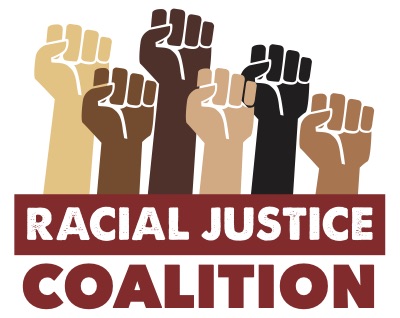Reparations isn’t a new idea. There are many examples in U.S. and Global history where national, state, or local reparations have been given to groups of people to compensate for harm. (It’s worth noting that the only reparations actually paid related to enslavement have gone to enslavers, not to people who were enslaved.)
Here is a brief timeline of examples of reparations in the United States and beyond.
- 1825: France demands 150 million francs from the newly independent nation of Haiti. This is to compensate the enslavers for the lost labor of the formerly enslaved Black citizens who were liberated in Haiti’s revolution. To avoid another war, Haiti agrees, and the burden of this debt limits Haiti’s development for over a hundred years.
- 1862: President Lincoln signs the District of Columbia Compensated Emancipation Act into law. This Act offered reparations to former slave owners – $300 for each person freed. No reparations were offered to the formerly enslaved.
- 1865: Twenty local Black leaders approach General William T. Sherman with a proposal for reparations, which leads to Special Field Order No. 15 (known as “40 acres and a mule”). Sherman issued an order that allocated land along the Atlantic coast for the settlement of formerly enslaved people. This initiative aimed to provide a measure of economic independence and redress for the injustices of slavery. However, the order was reversed by President Andrew Johnson, and the land was instead returned to its original owners.
- 1866: After slavery was “abolished,” the Southern Homestead Act was created to give recently freed Blacks the chance to become landowners. The law failed tremendously because fees and Southern white bureaucrats made it impossible for Black people to reap the benefits of this law. It was repealed ten years later in 1876.
- 1896: An organizer named Callie House establishes the National Ex-Slave Mutual Relief, Bounty, and Pension Association (MRB & PA). By the late 1890s, the organization became the leading grassroots association advocating for pensions for people who were formerly enslaved, attracting a membership in the hundreds of thousands. Federal agencies attacked the organization, leading to the unjust conviction (by an all-white male jury) of Ms. House on unfounded mail fraud charges. No pension fund was ever established.
- 1946: Congress creates the Indian Claims Commission, designed to pay compensation to indigenous tribes for land stolen by the United States. However, Congress did not allow indigenous people to have direct control over the process because of the racist belief that they lacked the capacity to manage it. In the end, only $1.3 billion was distributed (less than $1,000 for each indigenous person in the United States).
- 1952: West Germany agrees to pay $845 million in reparations to holocaust survivors, an amount that was increased to over $1 billion in subsequent agreements in 1988, 1999, and 2018.
- 1971: President Nixon signs the Alaska Native Claims Settlement Act (ANCSA), conveying $960 million and 45.5 million acres of public land to native Alaskans as long as they renounce their claim on all other Alaskan land.
- 1989: The United States government passes the Civil Liberties Act, acknowledging and providing reparations to Japanese Americans who were wrongfully imprisoned in internment camps during World War II. The law authorized an official apology and compensation of $20,000 to each surviving individual who was interned.
- 1989: Representative John Conyers introduces H.R. 40, calling for the establishment of a commission to study and develop reparation proposals for African Americans. Conyers reintroduced the bill in every congressional session until his retirement in 2018, when Sheila Jackson Lee continued the effort. It did not progress beyond committee hearings until 2021. Having cleared that hurdle, it still wasn’t brought to the floor by the Democratic House leadership, in spite of having over 200 co-sponsors.
- 1994: The City of Rosewood, Florida allocates $2 million in reparations for survivors of the 1923 massacre that killed at least six Black residents and destroyed houses and churches.
- 2013: North Carolina passes a law setting up a $10 million fund to compensate the surviving victims among 7,600 people who were involuntarily sterilized. Many other people who experienced involuntary sterilization were excluded from the benefits, including those sterilized by county welfare offices rather than the state program.
- 2015: The City of Chicago offers $5.5 million to 57 victims of police torture. The City also sets up a Torture Justice Center to provide counseling to victims, builds a public memorial, and adds lessons about this history to the public school curriculum.
- 2021: Evanston, Illinois becomes the first U.S. City to make reparations available to its Black residents.
References:
- Historical Timeline of Reparations Payments Made, Reparations4slavery.com website
- The Collective Healing That Is Owed, Zenobia Jeffries Warfield, 2019, Yes Magazine
- Reparations Education Project
- America Has Tried Reparations Before. Here Is How It Went. Adeel Hassan and Jack Healy, 2019, New York Times
- When Slaveowners Got Reparations, Tera W. Hunter, 2019, New York Times
